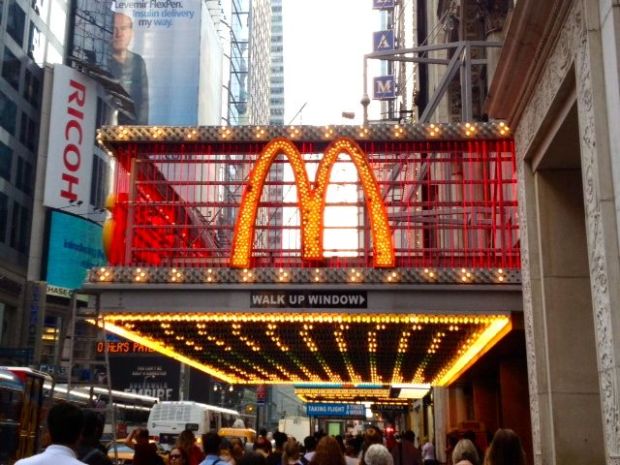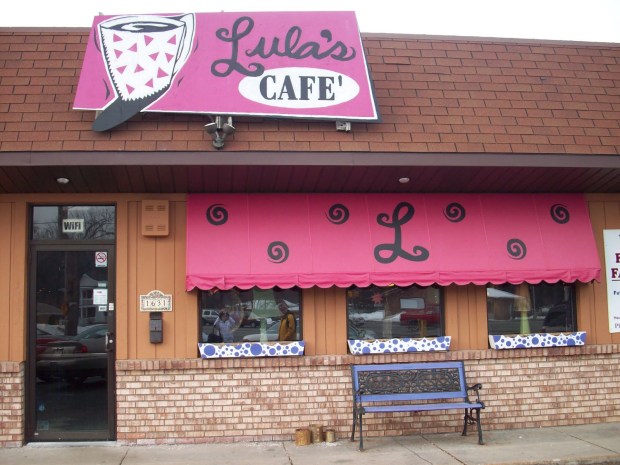This essay was awarded an honorable mention in Notre Dame Magazine’s 2021 Young Alumni Essay Contest. It was originally published at magazine.nd.edu.

The snap of a bone set in motion the next 40 years.
On that Saturday morning in April, the sun coated the road sleepily as my mom and two friends biked down Jericho Turnpike in Long Island. Usually rush-hour cars honked and skidded angrily along this highway, but on weekends it stretched calmly ahead, flat and empty.
With cycling shoes clipped firmly into the pedals of her new red Italian racing bike — the most expensive item she’d ever owned — my mom rode behind her two friends. The wind beat against her back, curls escaping her ponytail and whipping madly across her face. As the trio hit a stretch without any stores, a black cloud loomed suddenly and inexplicably behind them.
Screeech! My mom’s bike skidded left with the car’s impact, sliding below the wheels and breaking into jagged pieces as it tore into the tar below. Her body went right, sailing through the air with her feet still clipped onto the bike, joints twisting and cracking as she fell. She remembers looking down at herself from above and seeing her leg bent in a C-shape and white bone jutting out surreally from her left ankle. She was conscious but felt no pain.
In a way, the day of the accident was the first day of the rest of her life.
***
“We’re not sure we can save your leg,” the doctor said.
My mom, only 17 at the time, was alone in the hospital when she heard that news, realizing for the first time the severity of her injury.
The pain that was mysteriously absent at the time of the accident roared through her body now. As she dozed in and out of morphine-fueled sleep, her body kept bracing for impact, reliving the trauma repeatedly. Medication muted the pain for 30 minutes and then she’d wait three more hours for the next shot. She didn’t know how much more of it she could take.
After she’d spent two weeks in the hospital her orthopedist, Dr. Helou, knew her treatment was at a crossroads. They’d staved off infections but with her ankle crushed, what could they do now? Amputation was a logical option, but here was an athletic teenage girl with an entire life ahead of her. There had to be another way.
Dr. Helou turned to my grandparents. He told them this injury was more than he could handle and he’d been praying. One night after church, he’d returned to his office to see a medical journal spread open to a full-page article by a man named Dr. Howard Rosen — an orthopedic surgeon at the Hospital for Joint Diseases who was performing internal fixation — a new, European method of repairing complicated fractures with plates and screws. The method was rare in the United States at the time, but there was hope.
“I’m going to give you her X-rays,” Dr. Helou said to my grandfather. “You go to the hospital first thing Monday morning and beg to see Dr. Rosen. It’s what I would do if it were my own daughter.”
When my grandpa arrived, the waiting room was already packed. A sympathetic receptionist brought him around back to Dr. Rosen’s office so he’d be the first in line when the doctor got back from surgery.
When Dr. Rosen finally walked in six hours later, he was warm and friendly, with a perfectly manicured handlebar moustache and pristine spectacles that did not reveal that he’d come right from an intense operating room. Hours earlier he’d repaired the ankle of a Long Island woman who’d been in a horrific car accident. He thought my mom’s injury looked similar.
“I’ll do it,” he said. “I think I can help her walk again.”
With those words, my mom’s long road to healing began.
***
A few years before my mom’s accident, writer and essayist Susan Sontag famously wrote, “Everyone who is born holds dual citizenship, in the kingdom of the well and in the kingdom of the sick.”
My mom has traveled between these kingdoms more than once in her 59 years, undergoing the biking accident, breast cancer and a life-threatening tumor on her adrenal gland.
When she returned from the hospital after giving birth to my youngest sister, she opened the New York Times issues she’d missed during a long and arduous last month of pregnancy.
She’d been thinking lately about Dr. Rosen, her very first guide back to the kingdom of the well. Not only did he rebuild her ankle, but she hardly had any pain and could do pretty much any activity other than running. He’d said to her after surgery, “If I buy you 10 years’ time and in 10 years they have better ankle replacement available, I would consider that a success.”
In the years since the accident, she’d gotten married, moved to a new state, bought a house and become a mother. She was going to give him a call and say, “Dr. Rosen, you told me you’d give me 10 years, but I got 20! And look, I have four beautiful children now.” Maybe she’d even send a photograph of the family.
But just as Dr. Helou had fortuitously opened the medical journal so many years earlier to see Dr. Rosen’s article, so did my mom open the New York Times to see Dr. Rosen’s obituary spreading across a full page.
Her heart sank. She wanted to thank him but he was already gone — taken by cancer, an illness that no number of plates and screws could cure.
***
In my childhood backyard, there are two tall pine trees that tower over my bedroom window. During thunderstorms, these trees sway back and forth, branches fluttering about angrily. I used to peer out of my window on stormy nights with worry.
“What if they fall on me?” I asked. “What if they crash through my bedroom?”
My mom would comfort me, saying “Don’t worry, the trees won’t fall. They are strong. And because their trunks can sway, they can take on the wind.”
Some of the world’s tallest skyscrapers have a similar engineering technique. In fact, they can sway inches to the right or left on the windiest days. For me, my mom is that tree, that skyscraper. Perhaps the most important lesson of the many I’ve learned from her is to embrace the hurt, realizing that life ebbs and flows between dark times and bright ones.
My mom’s incredible strength and faith has held steady through illness, loss, financial strain and the stress of the global pandemic. She’s flexible and proactive, staying focused on her core values and the people around her. Though she never got to thank Dr. Rosen in person, I know gratitude guides her actions every day. She’s taught me how to navigate career shifts and lapses in confidence by recognizing that hard times are inevitable. Getting through these hard times with grace while always asking what you can do for others makes good times that much sweeter.
My mom had never missed a day of school before the accident. But in an instant, she lost her school routine, senior year, nights out with friends. She faced a hazy future. She never asked, “why me?” because she was grateful to live, grateful that it was a bike that had gone under the car and not her.
As a teenager, she went through what she calls an “existential crisis,” staying up late at night reading books to figure out her purpose. After the accident her path became clear: she would become a physical therapist and help others recover from difficult injuries. And it was at SUNY Downstate Medical Center that she met a kind and silly fourth year medical student who’d become her husband — my father.
On that empty stretch of Jericho Turnpike, a dreadful accident changed her life trajectory. But just as bone transplanted from her hip over time grew into a new ankle, she took her one life and, with my dad, built four new ones. Forty years later she keeps pedaling ahead with the strength and speed of a 17-year-old, blocking the wind for those of us who came behind.





 Patrick Coyne, an Irish fan for 70 years, on Notre Dame’s campus for the 2008 game against Stanford
Patrick Coyne, an Irish fan for 70 years, on Notre Dame’s campus for the 2008 game against Stanford